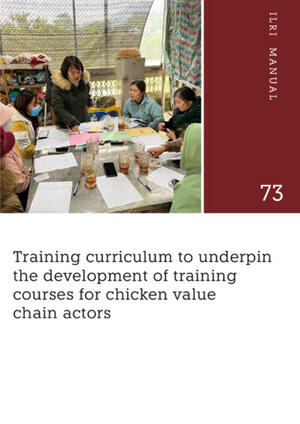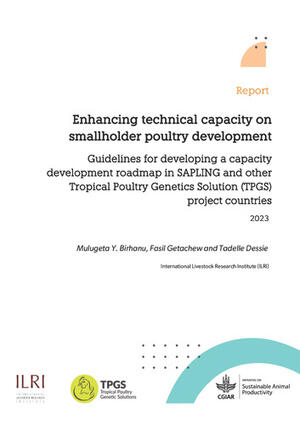
Dynamics of improved agricultural technologies adoption: The chicken and maize paradox in Ethiopia
Abstract
Empirical evidence on the dynamics of agricultural technologies adoption and dis-adoption is lacking. We applied a dynamic random effect probit model on a repeated measure of improved chicken and maize adoption to explore the state dependence of households’ adoption decisions and associated factors. Results indicate interventions that initiated the initial adoption decision of an improved variety of maize seeds had a long-term structural and positive effect on subsequent adoption decisions, while this was not observed in improved chicken breed adoption. The absence of true state dependence in improved chicken breed adoption suggests the limited effects of interventions that initiated the initial adoption decisions to bring structural effects on subsequent adoption decisions. The divergence in persistent adoption decisions could be associated with observed and unobserved household heterogeneity, including technology generation and delivery systems, extension and advisory services, access to allied inputs and finance, access to market, and household location. Policy options to promote sustained adoption of agricultural technologies should consider introducing innovative and context-specific technology delivery systems and farm and household characteristics that can trigger persistent adoption beyond initiating the initial adoption decisions.
Citation
Birhanu, M.Y. and Jensen, N. 2023. Dynamics of improved agricultural technologies adoption: The chicken and maize paradox in Ethiopia. Sustainable Futures 5: 100112.










